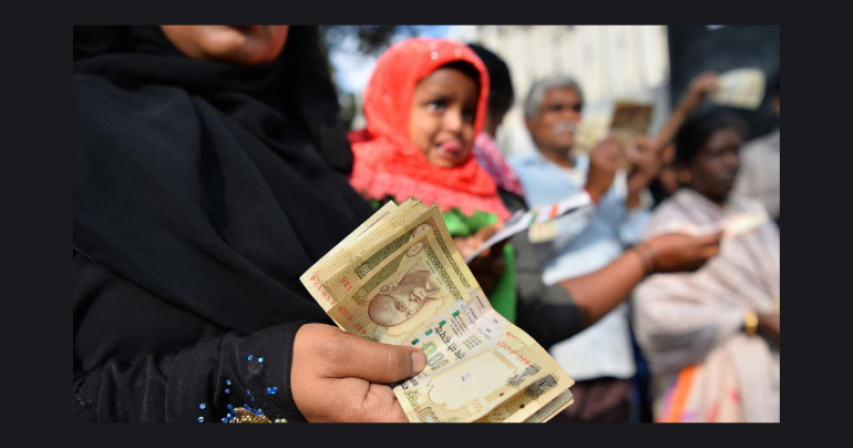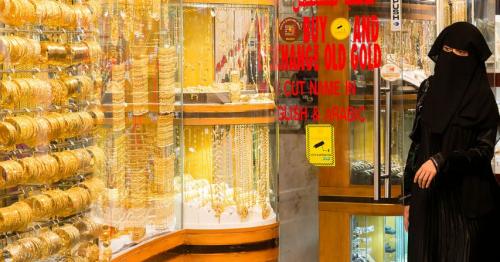Indian rupee drops against dirham in early trade

The Indian rupee experienced a decline against the UAE dirham and other currencies amidst broader weakness in Asian peers, driven by factors including US inflation data and anticipated outflows. Despite this setback, market analysts remain optimistic about the rupee's potential for recovery.
At 9am UAE time, the rupee stood at 82.86 against the US dollar and 22.58 against the UAE dirham, down from the previous session's rates. This decline was attributed to an uptick in US Treasury yields following higher-than-expected inflation data, signaling a potential delay in interest rate cuts by the Federal Reserve.
An anticipated outflow of $2 billion added pressure on the Indian rupee, which had recently reached a six-month high. However, market participants anticipate a resumption of the rupee's upward trend, with projections indicating a return to previous highs and potentially beyond.
Forex experts suggest that despite short-term fluctuations, the rupee is poised to recover, with expectations of a downward trend towards 82.50 levels. The persistent inflow of foreign portfolio investments and repatriation inflows expected in March could offset the impact of outflows, maintaining stability in the currency market.
Analysts forecast a range of 82.60-82.90 for the rupee in the near term, reflecting ongoing market dynamics and external factors influencing currency movements. While the rupee's decline may cause minor stress for short positions, the overall outlook remains positive.
The increase in US core consumer prices in February contributed to rising U.S. Treasury yields and a strengthening dollar index, amplifying pressures on Asian currencies, including the rupee. This inflationary trend indicates challenges in managing price pressures, influencing market sentiments and currency valuations.
In conclusion, while the Indian rupee faces temporary setbacks due to external factors and market fluctuations, analysts maintain confidence in its long-term trajectory. With ongoing analysis of global economic trends and market dynamics, investors and traders continue to monitor developments to inform their strategies and positions in the currency market.
By: Sahiba Suri





Comments